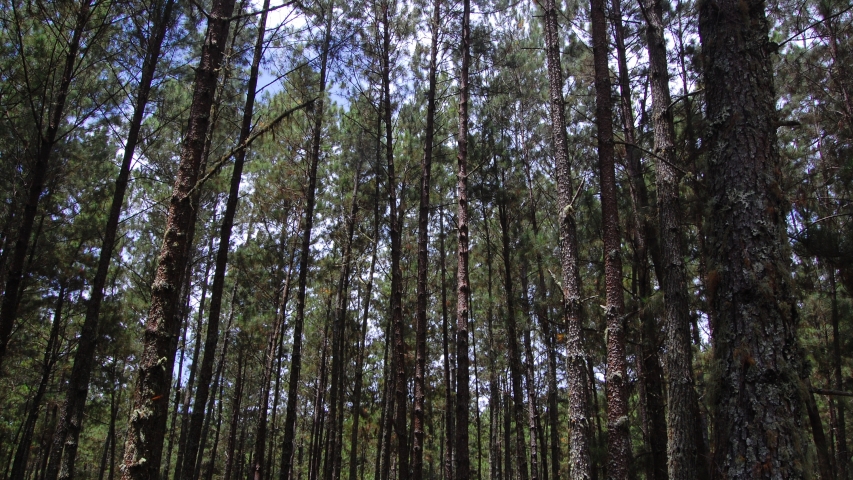
La Selle Biosphere Reserve
Description
Home to Haiti’s highest peak, La Selle (2,684 m), the Massif de La Selle was declared a UNESCO biosphere reserve in 2012. Known as the first biosphere reserve in Haiti, the Massif de La Selle is the Haiti’s second richest region in biodiversity after the Massif de la Hotte. With a total area of 377,221 hectares, including 16,787 hectares of sea, the La Selle biosphere reserve, one of the 23 reserves added to the world network of biosphere reserves, constitutes the largest pine reserve with a predominance of the endemic species Pinus occidentalis. It is distributed in 12 municipalities in two departments: west (Ganthier, Thomazeau, Fonds Verettes, Kenskoff, Croix des Bouquets) and southeast (Thiotte, Grand-Gosier, Belle-Anse, Cayes-Jacmel, Jacmel, Marigot, Anse à Pitres).
La Selle Biosphere Reserve is made up of three fundamental areas:
- Central zones that form three units of protected areas: the Pinar forest reserve, La Visite National Park and the lakes of Azuéi and Trou Caïman, with a total of 52,579 ha.
- Buffer zones, which represent 66,116 ha. They include part of the municipalities of Fonds-Verettes, Ganthier, Thomazeau, Croix-des-bouquets, in the west department; and part of the municipalities of Thiotte, Belle-Anse, Marigot, Grand-Gosier, in the southeast.
- Land transition zones, with a surface area of 241,739 ha, and marine transition zones, with 16,787 ha.
As part of the sustainable management of this natural heritage that involves the Haitian State and the Dominican Republic, La Selle massif forms a transboundary biosphere reserve that includes La Selle but also Jaragua-Bahoruco, in the Dominican Republic (designated in 2002). These two reserves present ecological corridors separated by a political and administrative border. Its grouping should allow a better management of the environment.
Biodiversity
La Selle Biosphere Reserve is home to a wide variety of ecosystems and protected areas including the continental shelf, coast, lakes and lagoons, rivers and waterfalls, caves, dry forest, deciduous forest, pine forests, crops, towns and villages, among others. Its area covers the west and southeast departments, and refers to a group of 12 municipalities: Fonds-Verettes, Ganthier, Thomazeau, Croix-des-bouquets for the west department and part of the municipalities of Thiotte, Belle-Anse , Marigot, Grand-Gosier to the southeast. La Selle Biosphere Reserve comprises a total of five basic protected areas: Trou Caïman, Lake Azuéi, Pinar (Units 1 and 2) and La Visite National Park known as a natural heritage rich in biodiversity and with extraordinary tourism potential. In addition to its natural beauty, La Selle biosphere reserve is full of natural sites such as the Pichón waterfalls, the oyster lagoon, the Colombier rock and its white sand beaches. From an ecological point of view, La Selle biosphere reserve is known for its high level of endemism, in particular through its flowering plants, of which 16% are endemic. It is home to tropical forests, mountain pine forests, deciduous forests, and high altitude dry forests. Its coasts are dominated by mangroves, lagoons, estuaries and deltas. So far, the researchers have cataloged 22 species of amphibians and 41 species of reptiles, two of which are endemic to La Selle massif.

Informations
-
Types de milieux
Réserves
